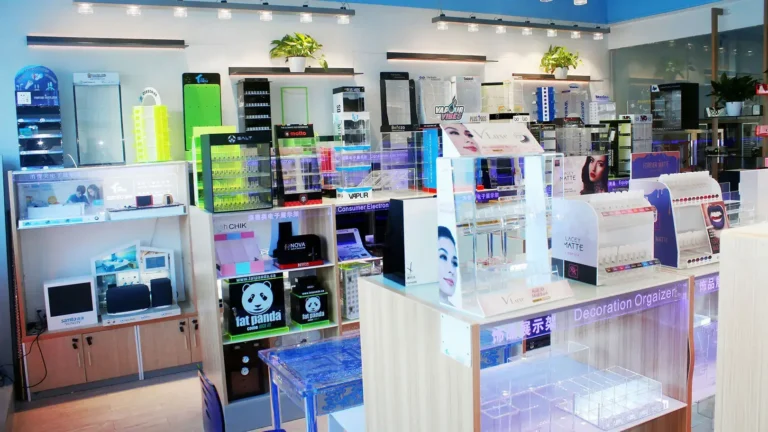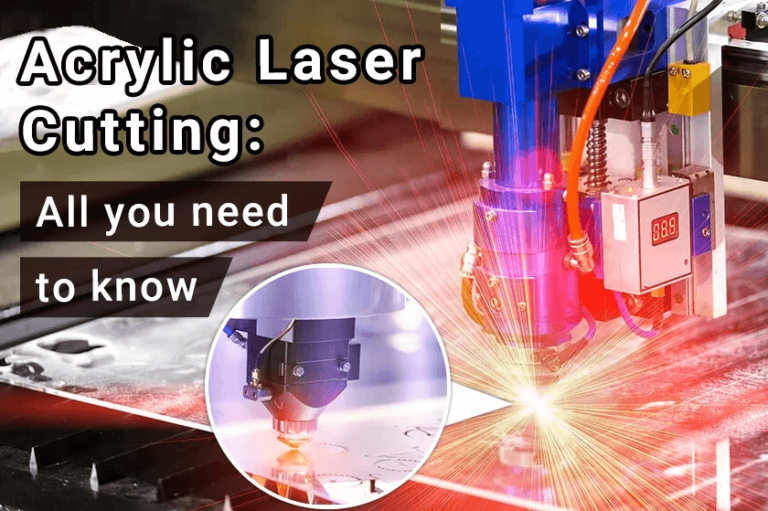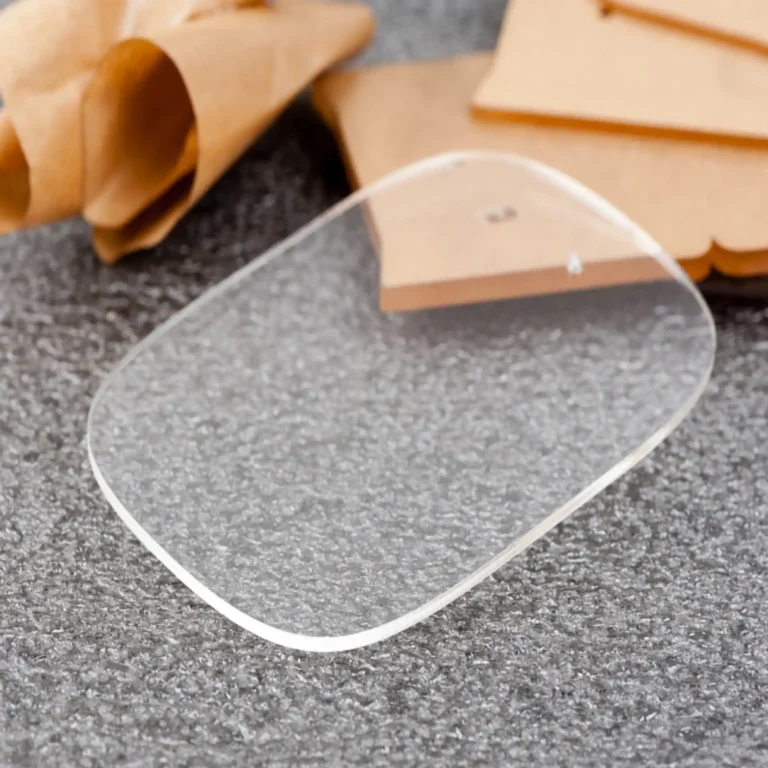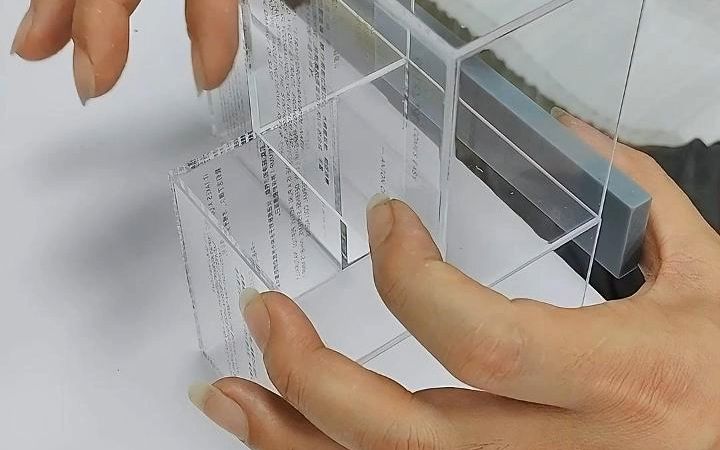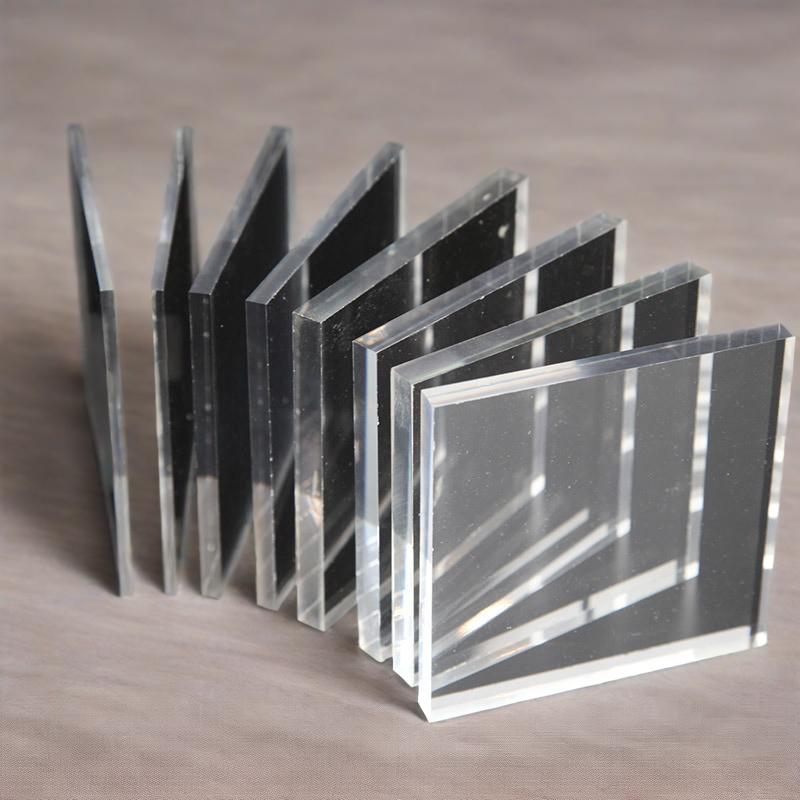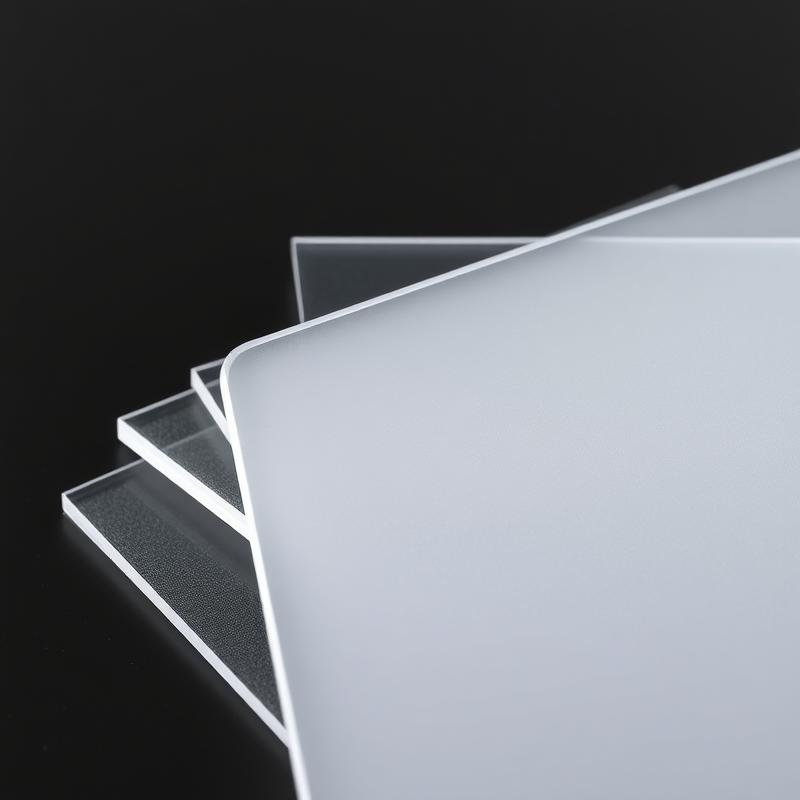-
Зона развития Синьци, Лелю, Фошань, Гуандун
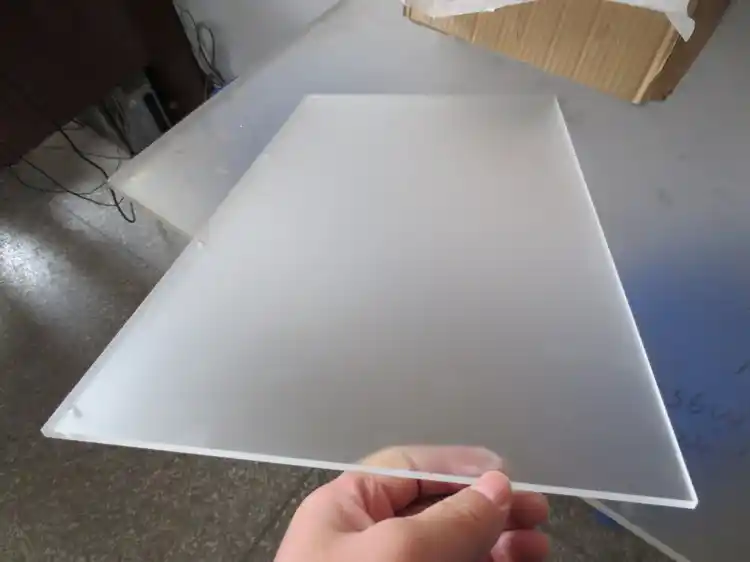
Smart Sandblasted Acrylic: Medical to Artistic Surface Innovation
A single sandblasting process can transform ordinary acrylic from a transparent glass texture to a delicate matte matte surface, from a single functionality to a multi-dimensional material that integrates privacy protection and artistic expression – this is the “hazy aesthetics” in modern manufacturing.
With 95% light transmittance и 8 times higher impact resistance than glass, acrylic (plexiglass) has long been a core material in the fields of architecture, advertising, and medical treatment. The intervention of sandblasting technology, through high-speed grinding particles to micro-etch the surface, has transformed acrylic from a “transparent hard board” into a composite carrier with both functionality and aesthetics. Sandblasting not only gives it soft light, privacy protection and touch upgrade, but also unlocks the infinite possibilities of design expression. This article will deeply analyze the technical core and application revolution of sandblasting acrylic.
1. Process principles and technical characteristics: qualitative change from “transparent” to “hazy”
The core of sandblasting acrylic is to achieve surface microstructure reorganization through physical impact. When compressed air-driven abrasive media (such as glass beads, alumina or ceramic particles) impact the acrylic surface at 255-285Kpa pressure, a uniform concave-convex texture is formed, and light is diffusely reflected on the surface, resulting in a matte effect.
Compared with traditional chemical etching, sandblasting has three major technical advantages:
- Precision controllability: By adjusting parameters such as nozzle distance (155-180mm) and spraying time (5-8 seconds), the haze can be accurately controlled to achieve a gradient effect from translucent to full matte;
- One-piece molding stability: Brands such as Tomson use raw material modification technology to avoid uneven thickness caused by later sandblasting, and the sand surface uniformity reaches industrial standards;
- Composite processing compatibility: Combined with UV printing or screen printing, patterns can be superimposed on the sandblasting layer to form a visual contrast between light transmission and light blocking.
2. Functional upgrade: core value beyond decoration
Sandblasted acrylic is not only an aesthetic upgrade, but also a functional breakthrough:
- Balance between privacy and light effect: The frosted surface can block the view but transmit more than 60% of the light, making it an ideal material for office partitions and bathroom doors and windows, replacing traditional blinds;
- Optimization of touch and safety: The surface friction coefficient is increased by 40%, reducing the risk of hand slip, suitable for medical equipment handles and children’s products;
- Enhanced durability: The sandblasted layer can cover minor scratches, and with the anti-UV coating, the outdoor service life is extended to more than 10 years, far exceeding the untreated acrylic.
3. Process innovation: Co-evolution of environmental protection and efficiency
Modern sandblasting technology has broken through the traditional pollution bottleneck:
- Closed circulation system: For example, Kunhang Machinery’s sandblasting room is equipped with bag dust removal, with a dust recovery rate of over 90%, and an emission concentration of less than 20mg/m³, which meets the ISO 14001 environmental protection standard;
- Media innovation: Glass beads (Mohs hardness 5.5) replace quartz sand to avoid free silica causing pneumoconiosis, and can be recycled more than 50 times, reducing costs by 30%;
- Intelligent control: The CNC shot peening machine automatically identifies the acrylic thickness and adjusts the pressure through the parameter AI matching system, and the qualified rate of finished products is increased to 98%.
4. Application scenarios: from industrial parts to art carriers
Sandblasted acrylic is subverting the design logic of multiple industries:
- Commercial space: Chengdu Burton flagship store uses frosted acrylic to simulate the texture of ice and snow, forming a cold visual language with brushed metal;
- Medical field: After sandblasting and grooving, the microfluidic chip (Lab-on-a-Chip) improves the accuracy of liquid diversion and is used in the mass production of Citizen MEMS medical detection boards;
- Smart home: The sandblasted acrylic panel with adjustable light transmittance becomes an interactive atmosphere wall after integrating LED light source, and the light softening degree is increased by 70%.
5. Environmental protection and economy: a model of sustainable materials
Acrylic’s environmental protection gene is further strengthened by the sandblasting process:
- Recycling: Waste can be reused as sandblasting media after crushing, or cracked and restored to MMA monomer, with a recovery rate of more than 90%;
- Energy consumption comparison: Compared with glass sandblasting, acrylic has a lower density (1.2g/cm³), and transportation and processing energy consumption is reduced by 35%;
- Market growth: The application rate of acrylic in China is less than 10%, while that in Europe and the United States is over 80%. The environmental protection policy of replacing inkjet advertising will drive the industry to grow by 15% annually.
6. Future Trends: Nano-sandblasting and Intelligent Response
Technology boundaries are still being broken:
- Nano-level sandblasting: MEMS technology combined with sandblasting (such as Citizen’s 8-inch wafer etching) forms a micron-level pit array on the acrylic surface for optical anti-counterfeiting or biosensors;
- Dynamic haze adjustment: MIT laboratory is developing an “electrically controlled sandblasting layer” that changes the arrangement of surface particles through electric current to achieve real-time switching of haze;
- Ecological composite process: For example, the zero-pollution solution of water jet + walnut sand (Mohs hardness 2.5) has entered the Haier home appliance panel trial production line.
The essence of sandblasting acrylic is to melt industrial rationality and aesthetic sensibility into the molecular gap. It allows hard materials to present soft light, transparent media to protect privacy, and mass-produced products to carry the warmth of handmade products.
From the nano-level etching of Degussa in Germany to the integrated molding process of Tomson; from the “ice and snow narrative” of the ski flagship store to the life science exploration of microfluidic chips – sandblasted acrylic has crossed the boundaries of materials and become a modern manufacturing symbol that interweaves function and poetry.
When light passes through a sandblasted acrylic partition, It no longer directly illuminates the space, but turns into a soft yarn in the morning mist – It not only defines the field, but also carries the temperature.
Extended reading
- Sandblasting Technology White Paper – Longsheng Manufacturing
- Acrylic Environmental Recycling System – International Acrylic Association
- MEMS Micromachining Revolution – Citizen Precision Devices
ЧАСТО ЗАДАВАЕМЫЕ ВОПРОСЫ
Q1: What is sandblasted acrylic?
A: Surface etching using abrasive media (e.g., glass beads) at 255-285Kpa pressure to create uniform matte textures.
Q2: Why choose sandblasted over clear acrylic?
A: Achieves 60%+ light transmission with privacy, 40% higher friction for safety, and scratch-masking durability.
Q3: Is sandblasting acrylic eco-friendly?
A: Yes. Closed-loop systems (90% dust recovery) and glass bead reuse (50+ cycles) reduce waste by 30%.
Q4: Can sandblasted acrylic be used outdoors?
A: With UV coating, lifespan exceeds 10 years – ideal for signage and architectural cladding.
Q5: What industries use sandblasted acrylic most?
A: Medical (MEMS chips), retail (textured displays), and smart homes (LED-integrated walls).
Q6: How does AI improve acrylic sandblasting?
A: Auto-adjusts pressure/thickness parameters, boosting yield to 98% (e.g., CNC grit blasting).

